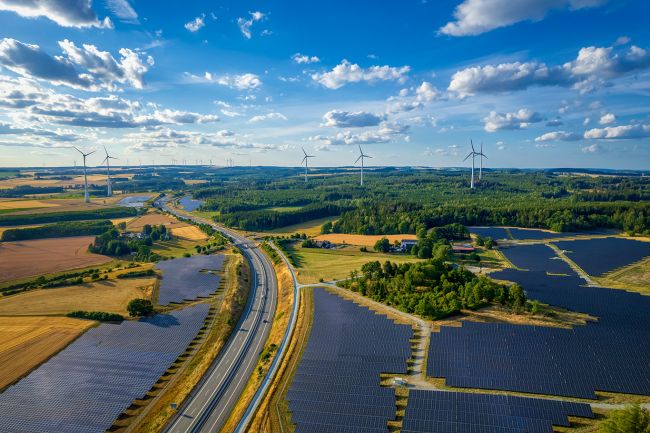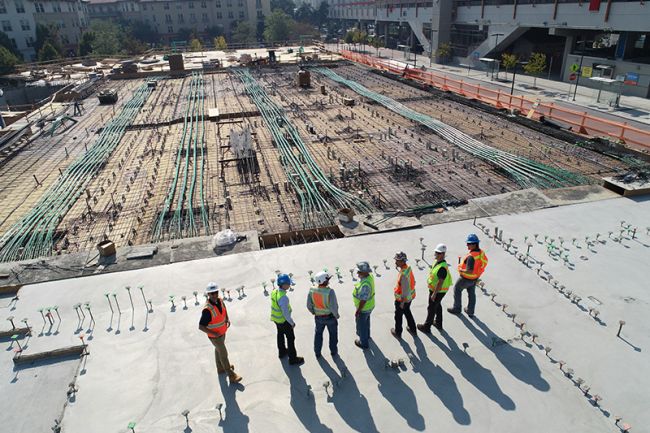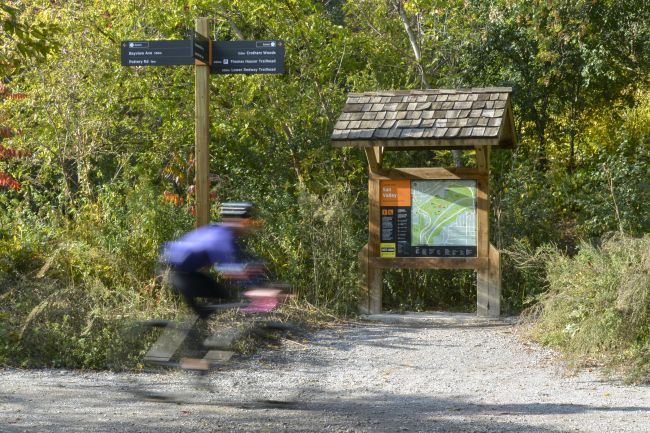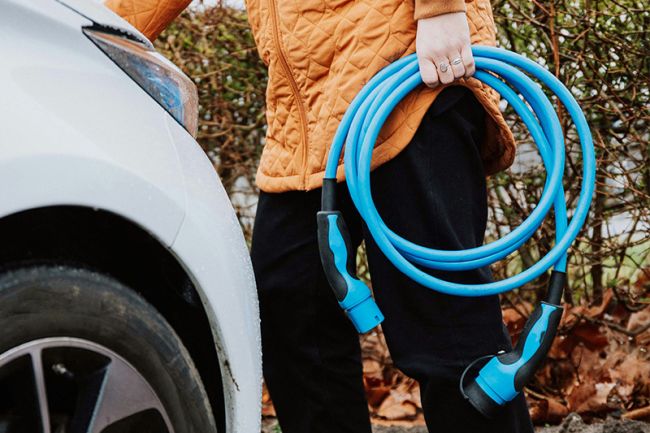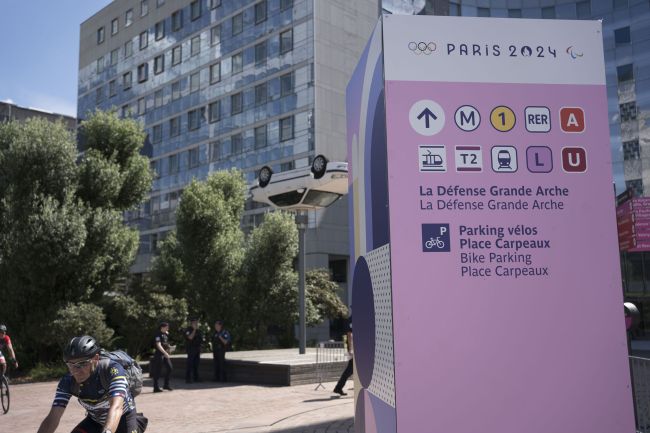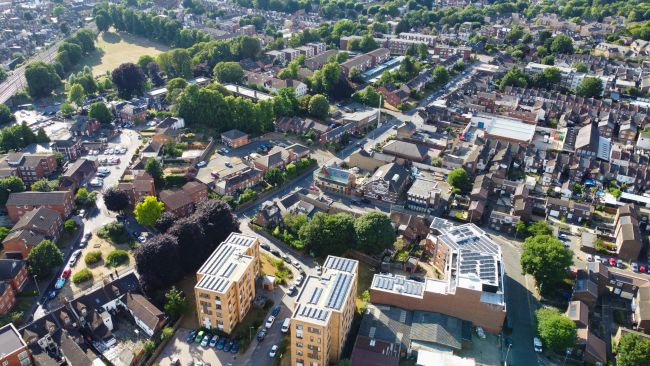The future of cities
Over 50% of the world’s population are now living in cities and this urban majority is forecast to grow.
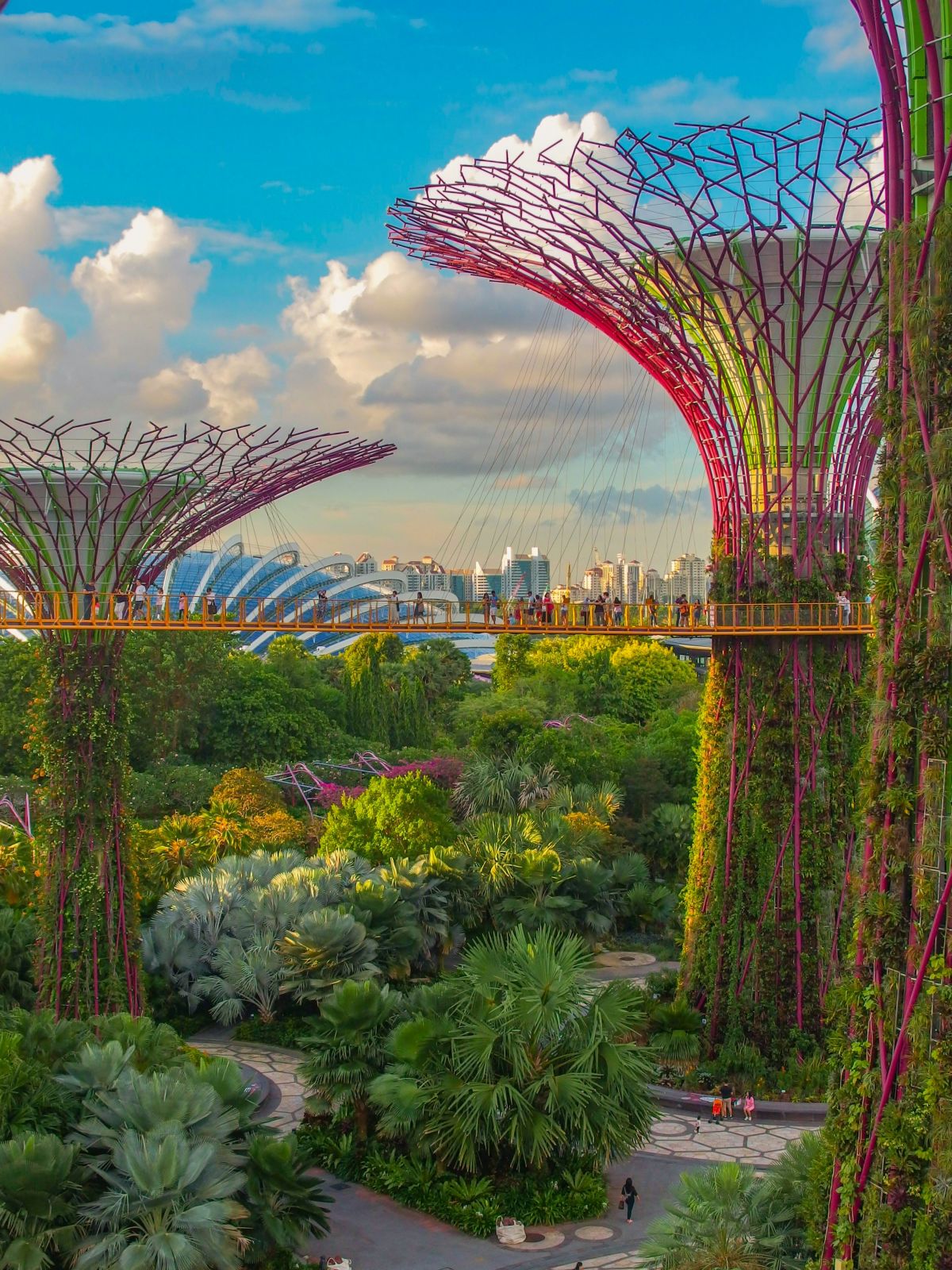
Over 50% of the world’s population are now living in cities and this urban majority is forecast to grow. We look at how transportation continues to contribute to our vision of Future Cities.
The UN forecasts that the number of city dwellers will rise in the coming decades. By 2050 the world population will reach nine billion, and two in three children born in the next 30 years will live in cities.
Behind these global forecasts lie a vast range of challenges and opportunities that cities provide. The original reason for their development of many older industrial cities has disappeared. World markets and demands change, and many cities have seen decline with out-migration, exacerbated by the more affluent, educated and mobile moving on to better prospects. This presents a challenge for these cities to reinvent themselves and to attract a new and more mobile workforce. For example Manchester, within one generation’s lifetime, has resurrected itself from the ashes of being an industrial powerhouse to become an international hub for the creative sector.
Cities, like global climate patterns, are in a state of change and flux. Those that survive (that are sustainable) are the ones which adapt to new circumstances. As many older cities are renewing ageing landscapes, new mega-cities are developing apace in Asia, Africa and Latin America, where growing economies and opportunities are producing rapidly expanding urbanised areas, and provision of basic infrastructure – water, sanitation, transport – is struggling to keep up with demand.
Socio-demographics are also dynamic, with a shift in priorities and mobility needs also shaping these new urban patterns. Life expectancy is increasing, and a more active elderly population, including empty-nesters, are looking for new urban lifestyles. Conventional suburban living is proving to be less attractive for some and there is evidence of a move back to the urban core. Younger generations, powered by better social networking facilities, gravitate towards urban lifestyles as well.
In the global marketplace, city leaders and planners are increasingly recognising the need to invest to provide cities that will attract investment and generate prosperity. The packages of city-shaping measures that combine to produce an attractive city are many and varied.
Innovation is paramount in shaping a city’s future. In Japan, they have used super-porous road tarmac to counteract the excess heat absorbed in the concrete jungle, which was causing higher temperatures and dramatic changes to the local microclimate. In Rio de Janeiro, football stadia host local produce markets to maximise space utilisation in the sprawling metropolis. Innovative solutions such as these require a canny resourcefulness from urban planners to meet the demands of the urban population.
As well as a choice of housing stock, a sustainable urban lifestyle ideally means a broad range of amenities and choices for work and recreation, and transport and mobility. Cities that are over-reliant on the car are increasingly seen by planners as being at a disadvantage. Sprawling road networks congested with traffic searching for expensive and limited parking are not attractive, and the heavily-marketed “freedom of the road” is increasingly being seen as an illusion.
Greater transportation choice, providing mobility for all urban communities, is now a key part of the city-shaping toolkit. Walking and cycling are becoming prominent as city spaces and parks are increasingly key components of urban life. A ‘green lung’ of parks, walking and cycle routes reaching across East London will be an Olympic legacy. Transit systems – buses, light rail, railways – provide easy and direct connections. The “20-minute neighbourhood”, pioneered in Portland, Oregon, is becoming the attractive urban offer, in which 80% of urban needs can be found within 20 minutes of home.
New technology is being deployed to remove real and perceived barriers to mobility, and smart solutions are providing convenient and attractive mobility hubs producing opportunities to connect modes and people.






